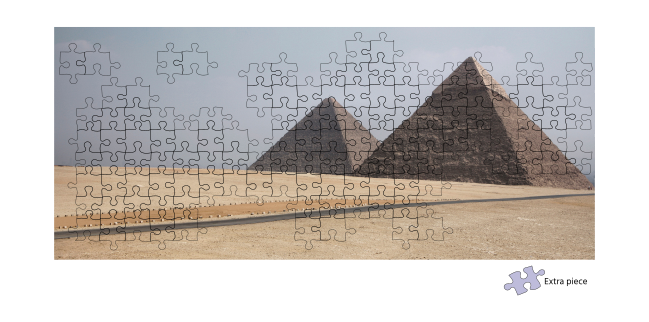
The Great Pyramid of Giza is essentially a science puzzle, and in addition to finding the solution to the puzzle, the manner in which the puzzle has been designed is also of interest because understanding that design will help in understanding the architects way of working. The Great Pyramid is just the start of a much wider system of puzzles and the appreciation of the design philosophy in the pyramid will doubtless be of help when trying to decode other parts of the system in the future.
The principal system that has been incorporated into the design can best be explained using an analogy. Imagine a 10,000 piece jigsaw puzzle and in the box in which the puzzle came there were 10,001 jigsaw pieces. The only way of identifying which is the extra piece in the box is to put together all of the other 10,000 pieces in the order in which they were designed to be fitted together.

The pyramid's architecture is designed in just the same way. All of the shafts and passages of the building can be solved using a model of the Earth in various conformations, sometimes static and sometimes dynamic, but always based on the elliptical shape of the Earth. It is only when you have solved every piece of the architectural system that you can identify the floor of the lower chamber as not belonging to any of the geometric systems of the rest of the building and from this 'extra piece' the size and shape of the planet can then be determined.